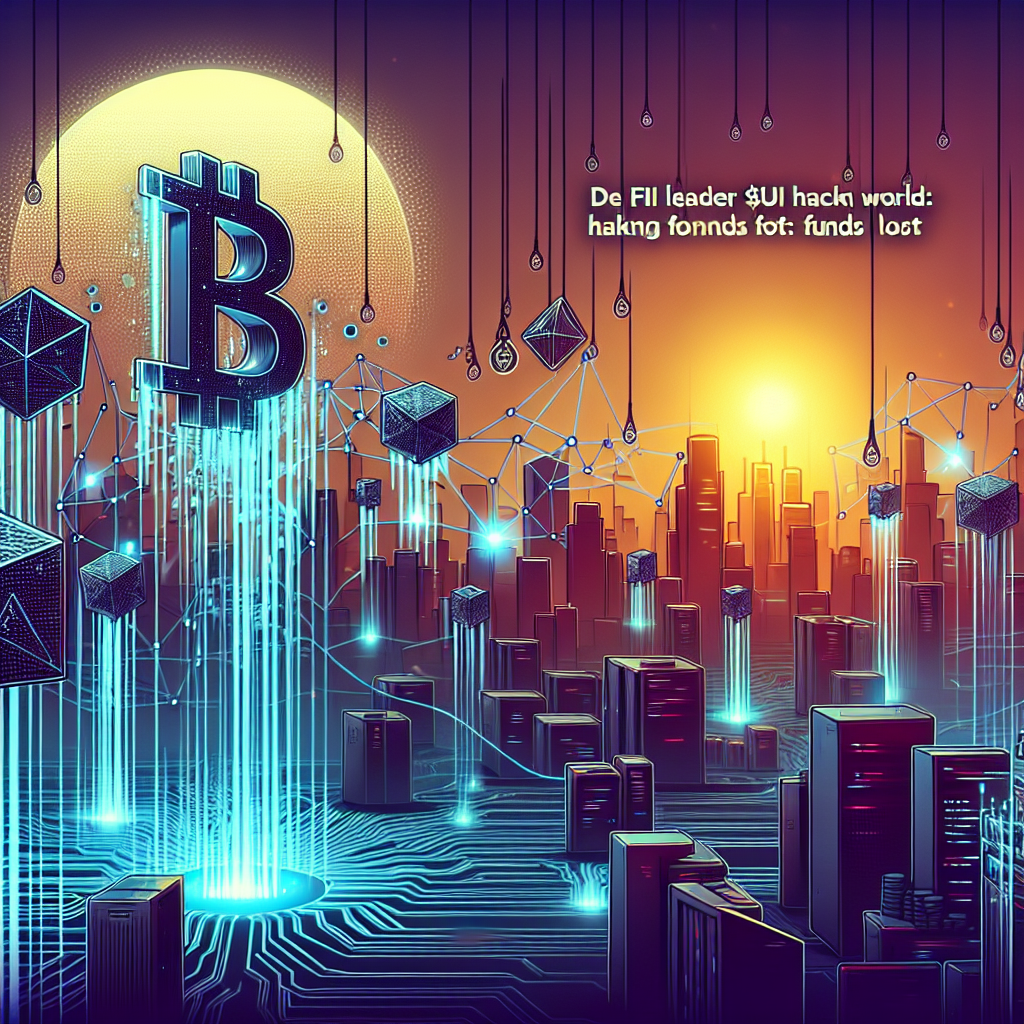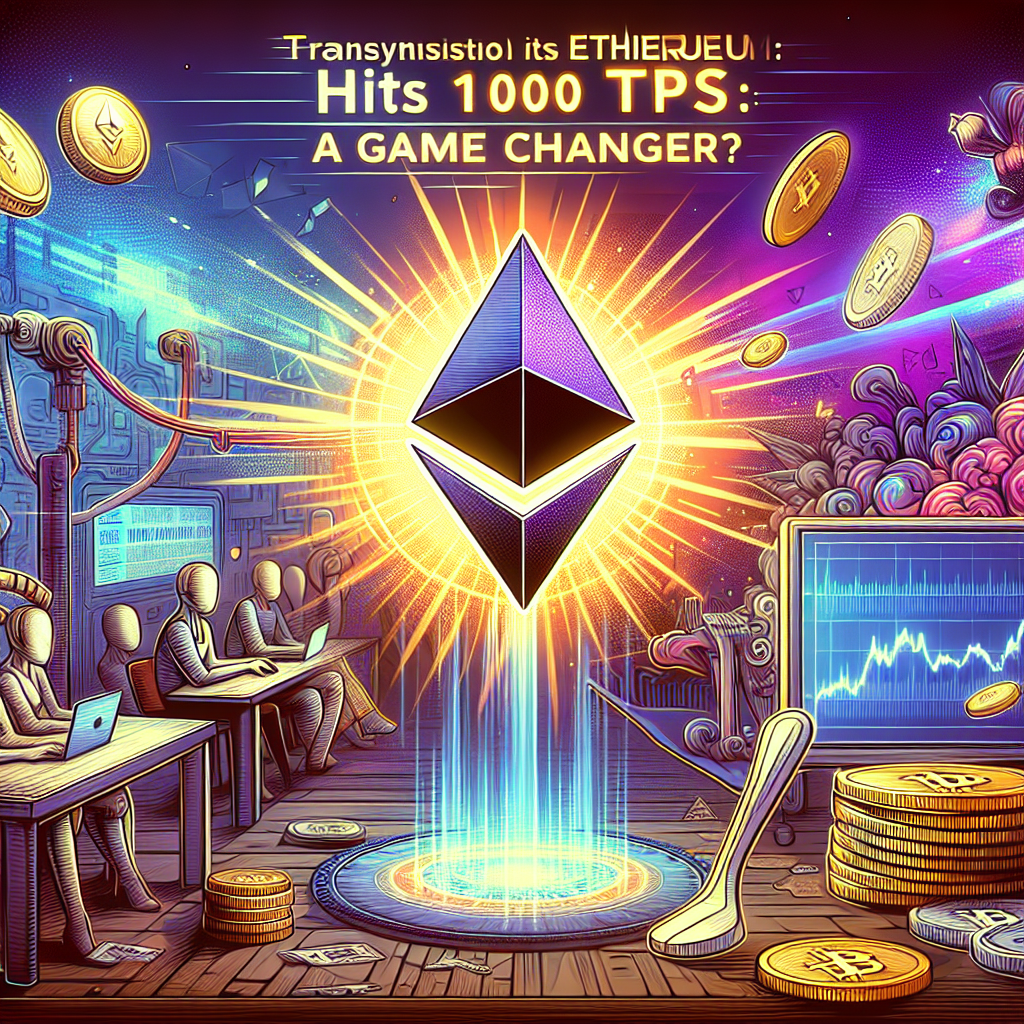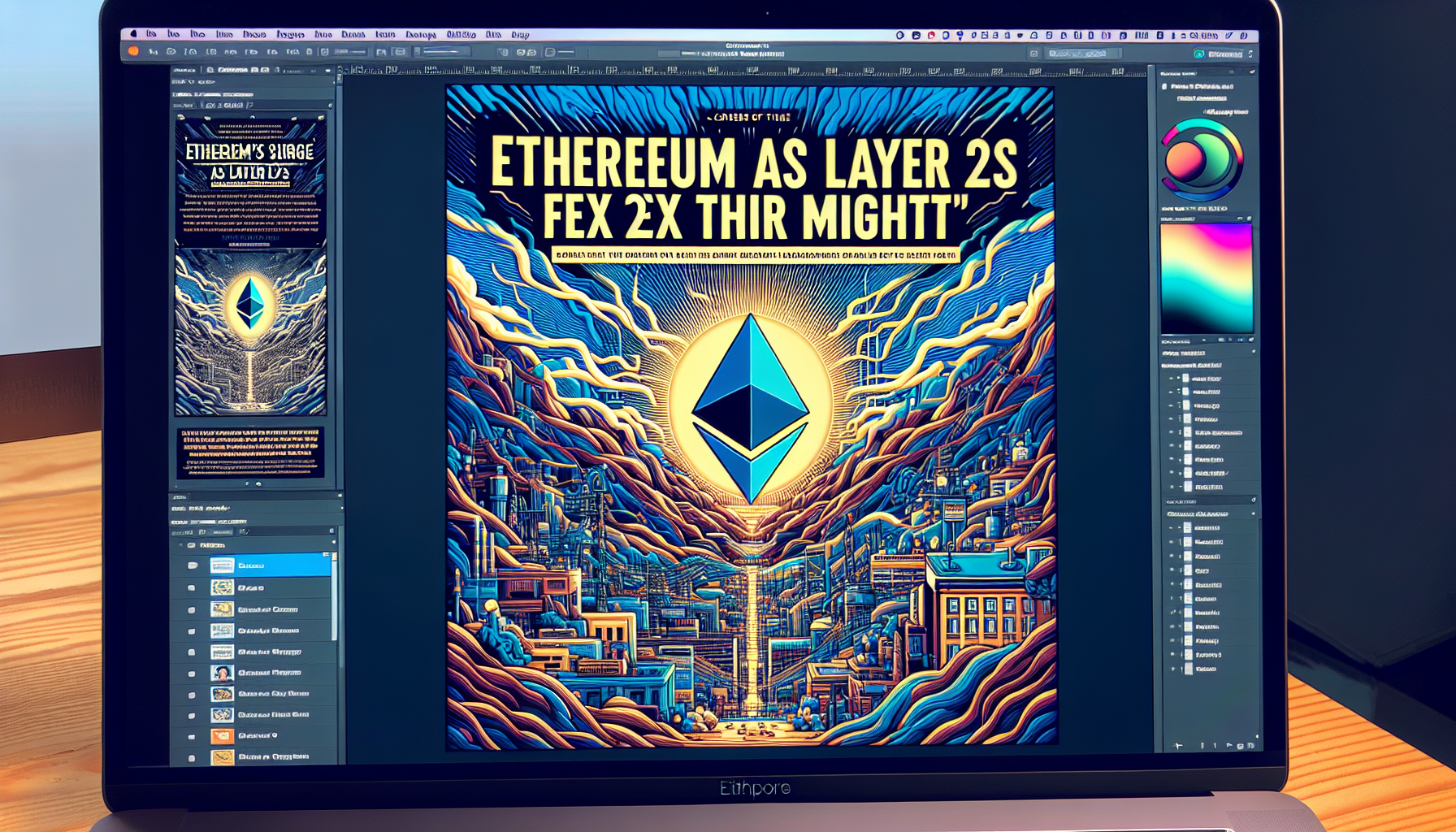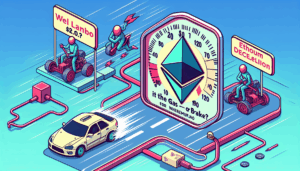Hey, degens and maxis alike, it’s MChainWu, your favorite chart-obsessed guide to the crypto-verse. Today we’re diving into something spicier than your average token swap—Ethereum’s dance with its Layer 2 counterparts. $ETH may be the undeniable OG of smart contracts, but with gas fees soaring higher than a rocket headed to the moon, Layer 2 solutions are having a moment.
The Gas Crisis
So, unless you’ve been living under a digital rock, you’ve noticed Ethereum’s transaction fees have been skyrocketing. No one wants to drop the equivalent of a month’s rent just to post a meme on-chain. These costs arise from Ethereum’s proof-of-stake system and the scarcity of block space—imagine trying to cram a whole Lance Armstrong-sized peloton into a kid’s bike lane. As demand rises, space gets more expensive. This is where Layer 2s like Arbitrum and Optimism come in with their magic scaling solutions.
Join over 100 million users who are already buying, trading, and growing their crypto on the world’s leading exchange.
Layer 2 to the Rescue
What’s a Layer 2 (L2), you ask? Think of it like a cheat code for reducing gas fees and speeding up transactions. These solutions sit on top of Ethereum’s main network, executing transactions off-chain and only settling net results on the L1 (Layer 1). Platforms like Polygon, $ARB (Arbitrum), and $OP (Optimism) have been flexing their throughput muscles lately. Polygon, in particular, has been leading the charge, with its zk-rollup tech offering cheaper transactions without compromising security. (A zk-rollup uses zero-knowledge proofs to verify transactions without revealing all the details—kind of like showing someone your card hand without revealing all your cards.)
The Road Ahead
Now, you might ask, what about Ethereum’s future? With the Ethereum 2.0 upgrade gradually rolling out, the mainnet looks to integrate some of these scaling techniques directly into itself. Until then, Layer 2s will likely continue stealing Ethereum’s thunder, demonstrating more transactions per second (TPS) without those eye-watering fees.
So, while Layer 1 Ethereum plays the long game, its L2 allies are swiftly emerging as the Robin to its Batman, keeping the network usable for everyone from NFT artists to DeFi degens. Will L2s make $ETH obsolete? Probably not. Instead, consider them the utility belt that empowers the Ethereum ecosystem, making the crypto streets safer and cheaper for all.












